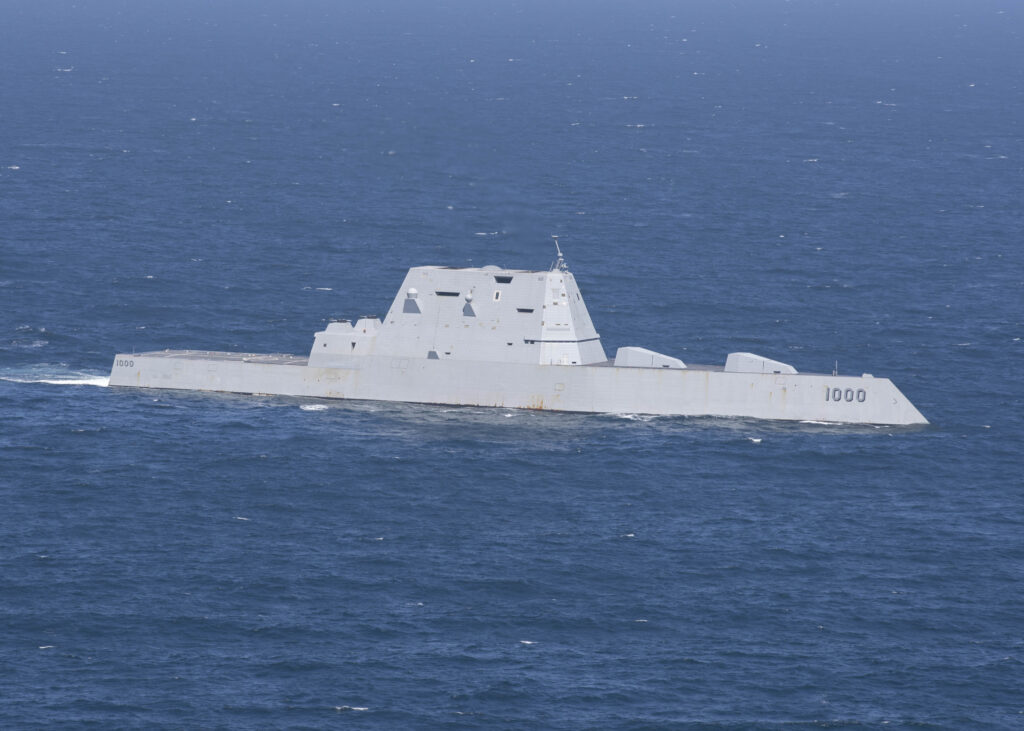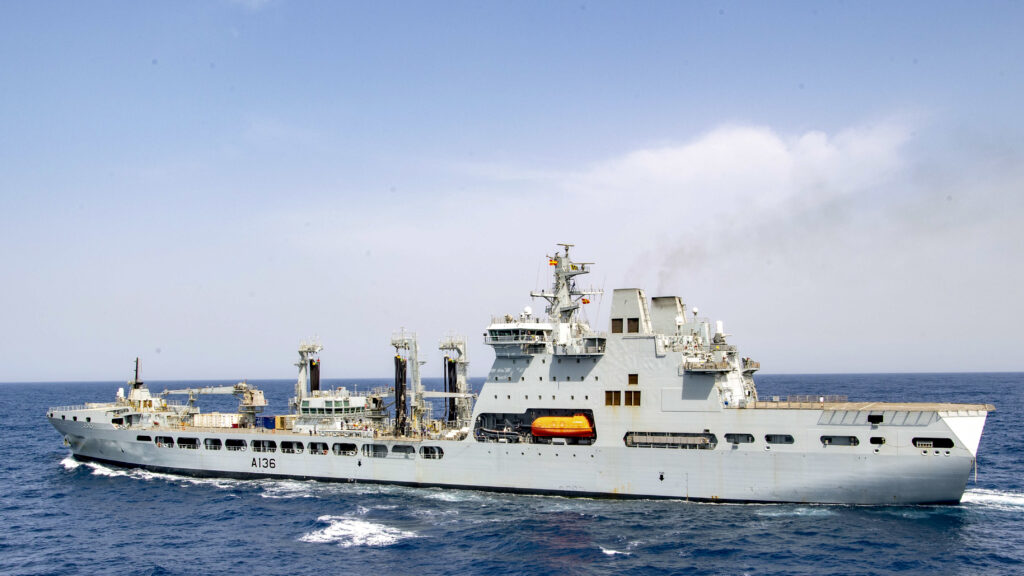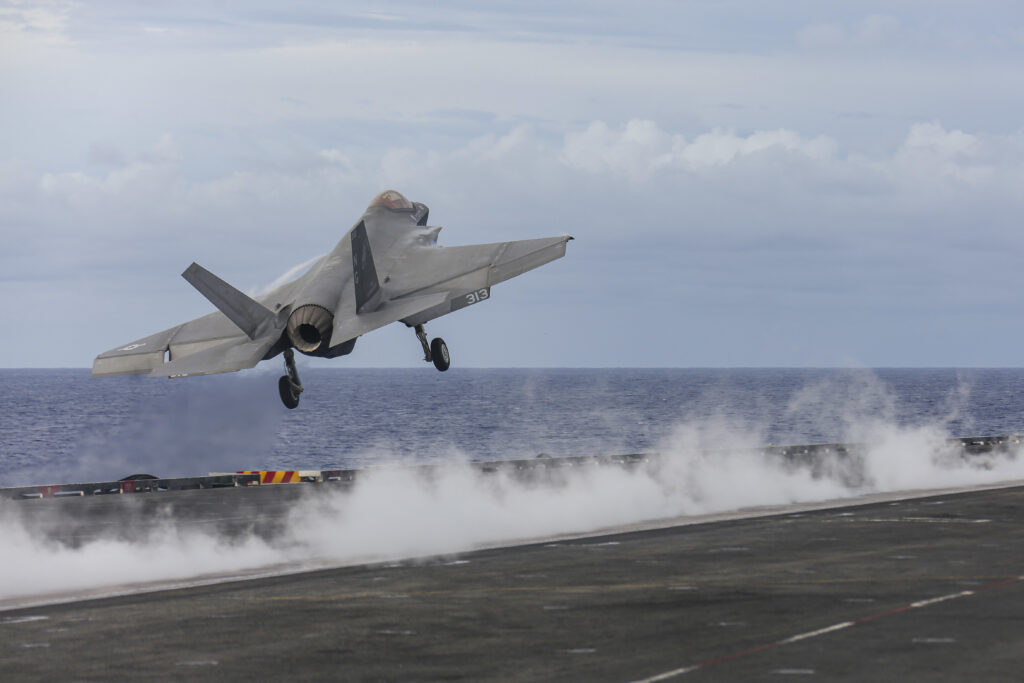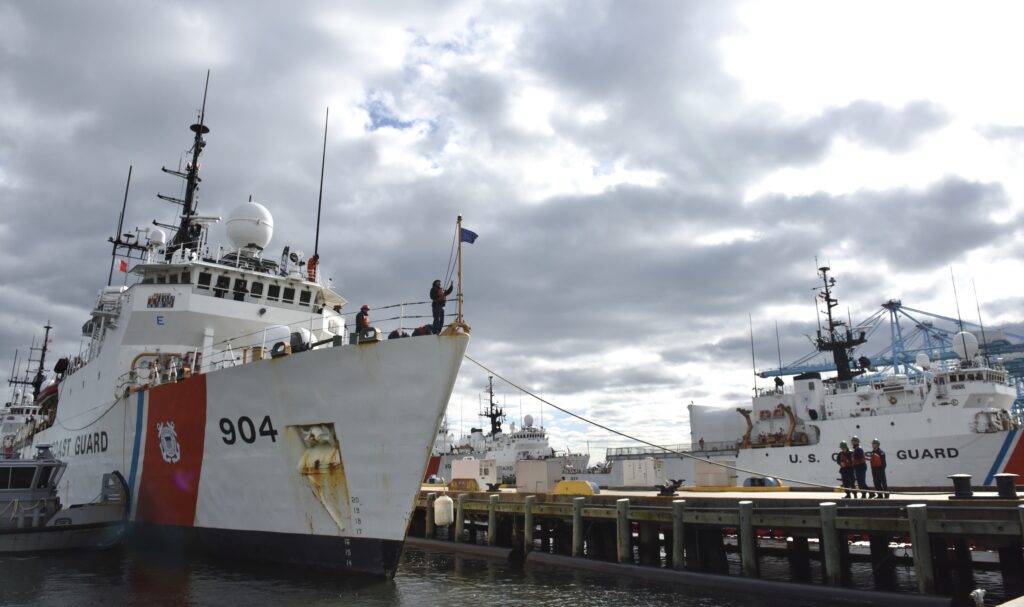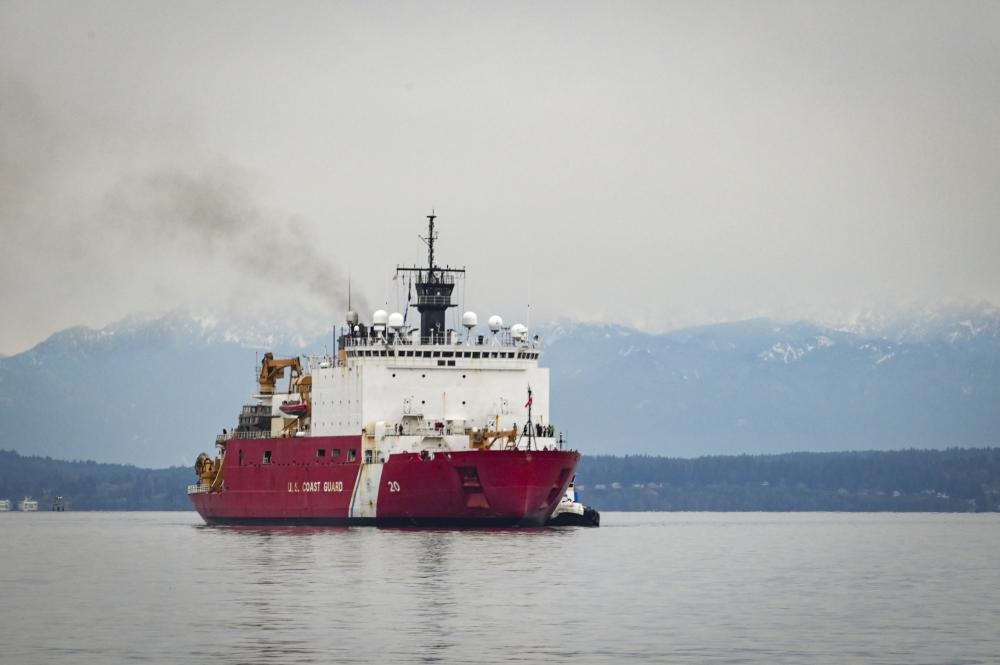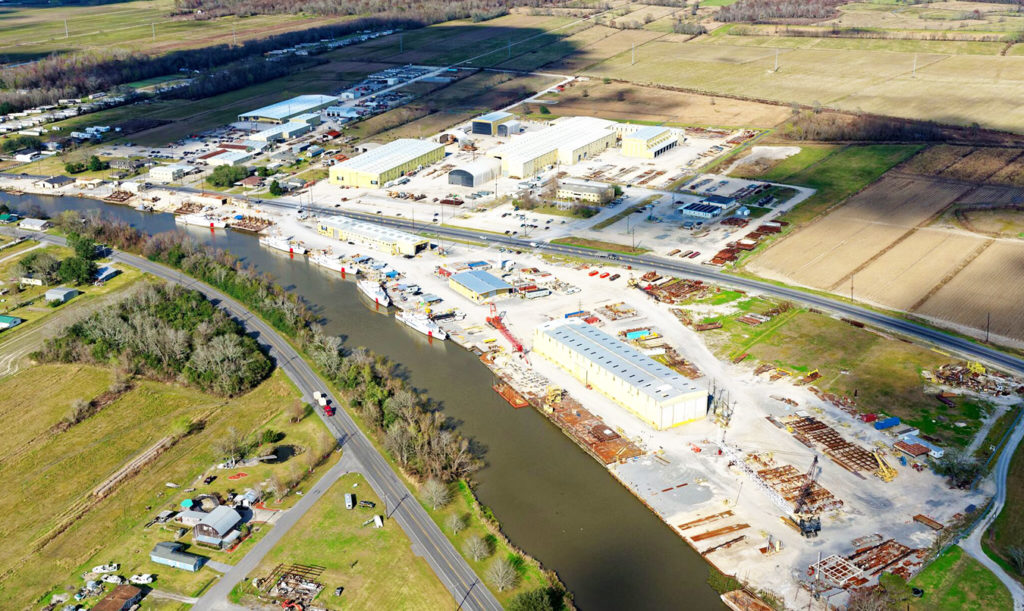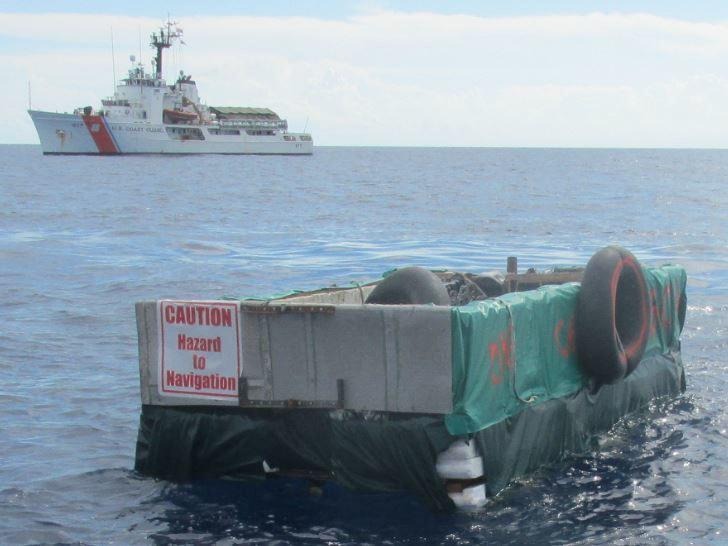Boeing Reorganizes Defense, Space & Security Business Unit
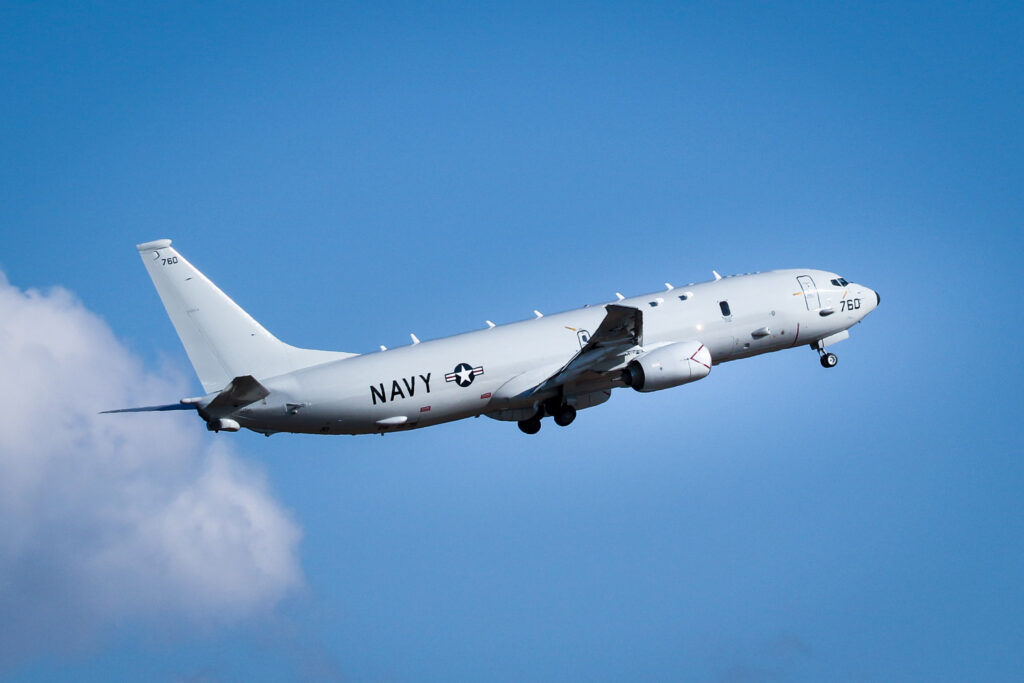
ARLINGTON, Va. — Boeing is executing a series of executive leadership changes and reorganizations aimed at accelerating operational discipline, first-time quality and performance while streamlining senior leadership roles and responsibilities, the company announced in a Nov. 17 release.
Effective immediately, Boeing Defense, Space & Security (BDS) will consolidate its eight divisions into four, including:
- Vertical Lift, led by Vice President and General Manager Mark Cherry.
- Mobility, Surveillance & Bombers, led by Vice President and General Manager Dan Gillian, which will include KC-46, SAOC, E-7, VC-25B, P-8, Bombers, AWACS/AEW&C, 777X components and all executive transport programs.
- Air Dominance, led by Vice President and General Manager Steve Nordlund, which will include classified programs; the F/A-18, F-15, T-7, MQ-25 and MQ-28 programs; and the non-space Phantom Works portfolio, including the Virtual Warfare Centers. Steve will also become the senior site executive for the St. Louis region.
- Space, Intelligence & Weapon Systems, led by Vice President and General Manager Kay Sears, which will include space exploration and launch programs, satellites, munitions, missiles, weapon system deterrents, maritime undersea, Phantom Works Space and subsidiaries (BI&A, Millennium, Insitu, Liquid Robotics, Spectrolab, Argon and DRT). Between now and Feb. 4, 2023, Jim Chilton, senior vice president for Space and Launch, will continue to manage space exploration and launch programs, satellites and Phantom Works Space. On Feb. 5, 2023, Chilton will become a senior advisor to Ted Colbert, president and chief executive officer of BDS, focusing on future space ventures.
These changes build upon a consolidation of Manufacturing and Safety, Total Quality, Supply Chain and Program Management, and the appointment of Steve Parker as BDS chief operating officer.
“I am confident this reorganization will drive greater and more simplified integration and collaboration across Boeing Defense, Space & Security,” said Colbert. “These changes will help accelerate operational discipline and program quality and performance, while stabilizing our development and production programs. These are necessary steps to put BDS on the path to stronger, profitable growth.”
Additionally, Tim Peters, currently vice president and general manager of Mobility and Surveillance, and Cindy Gruensfelder, currently vice president and general manager of Missile and Weapon Systems, will be retiring after assisting with the transitions.
“Over the past three decades, Tim and Cindy have played an integral role in delivering critical capabilities for our customers and developing top talent across the enterprise,” Colbert said. “The Boeing Executive Council and I are grateful for their leadership and years of service.”
Coinciding with these changes, Boeing Global Services (BGS) will integrate all government services — domestic and international — into one organization, led by Torbjorn (Turbo) Sjogren, vice president and general manager of BGS Government Services.
